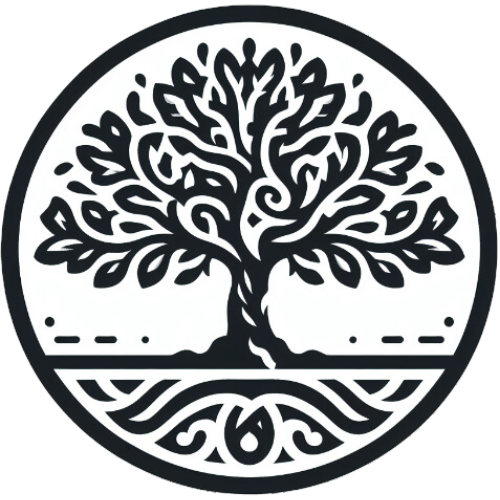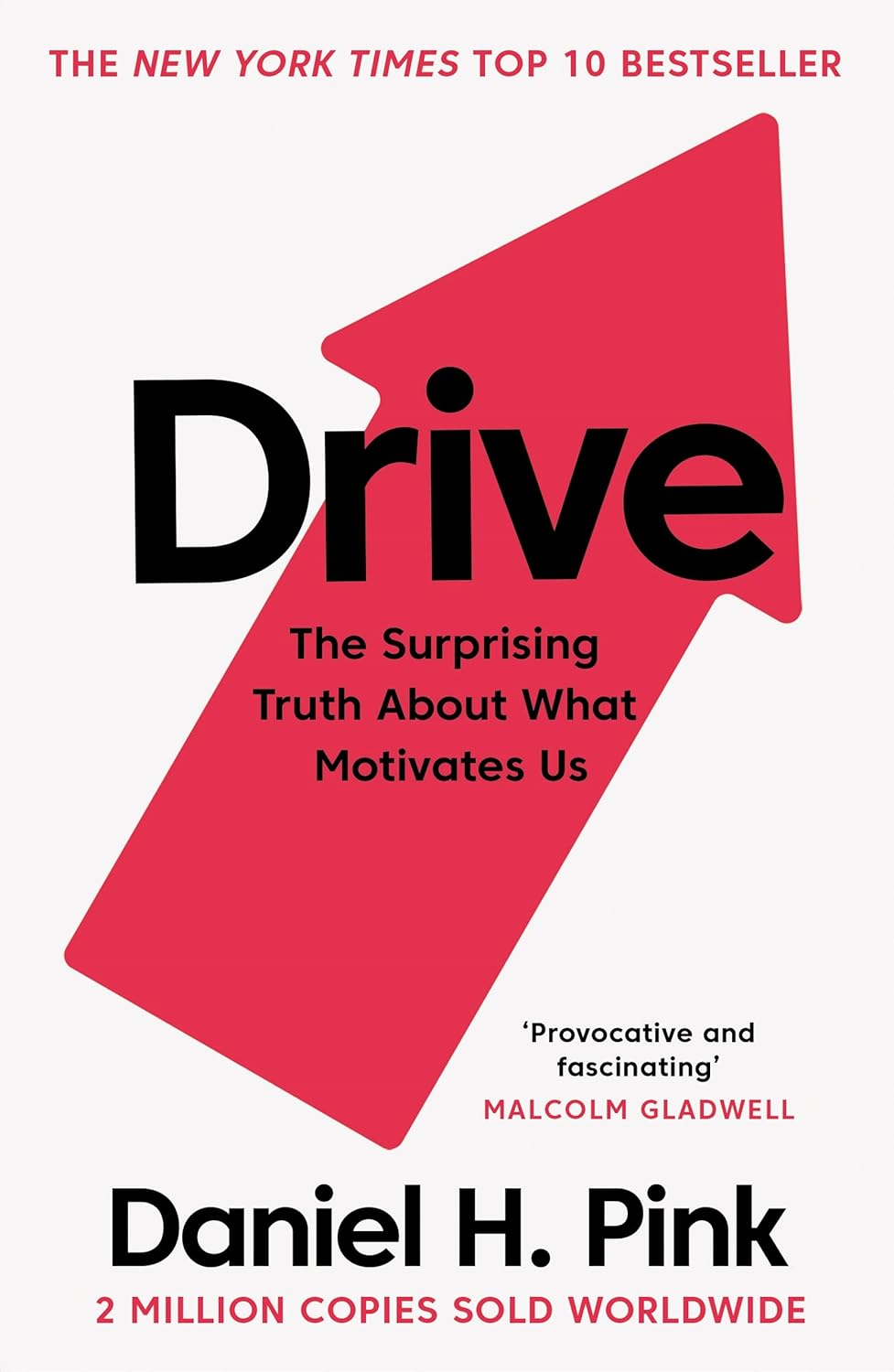In the realm of motivational science, few books have sparked as much conversation and reflection as Daniel H. Pink’s Drive: The Surprising Truth About What Motivates Us. This groundbreaking book challenges the traditional understanding of motivation, proposing a compelling new framework that could revolutionize how we approach work, education, and personal growth.
Introduction: The Puzzling Puzzles of Harry Harlow and Edward Deci
Pink’s journey into the depths of human motivation begins with a captivating exploration of the early experiments conducted by Harry Harlow and Edward Deci. These pioneering scientists discovered that beyond our basic biological needs and external rewards, there exists a third drive: intrinsic motivation. This drive compels us to engage in activities for the sheer joy and satisfaction they bring, rather than for any external reward or recognition .
Part One: A New Operating System
Chapter 1: The Rise and Fall of Motivation 2.0
Pink compares society’s motivational paradigms to operating systems, evolving from Motivation 1.0, focused on basic survival, to Motivation 2.0, which emphasizes external rewards and punishments. However, in the 21st century, this outdated model proves inadequate. Pink argues that we need an upgrade to Motivation 3.0, a system that acknowledges and harnesses our intrinsic drive for autonomy, mastery, and purpose .
Chapter 2: Seven Reasons Carrots and Sticks (Often) Don’t Work
In this chapter, Pink systematically debunks the effectiveness of traditional carrot-and-stick approaches. He presents compelling evidence showing that such external motivators can undermine intrinsic motivation, reduce performance, stifle creativity, and foster unethical behavior. Instead, Pink advocates for a motivational approach that aligns with our intrinsic desires for autonomy, mastery, and purpose .
Chapter 2a: . . . and the Special Circumstances When They Do
While Pink critiques the overreliance on carrots and sticks, he acknowledges their occasional utility for routine, rule-based tasks. However, even in these contexts, he emphasizes the importance of providing rationale, acknowledging the task’s monotony, and granting autonomy in execution to mitigate the negative impacts of external rewards .
Chapter 3: Type I and Type X
Pink introduces the concepts of Type I (Intrinsic) and Type X (Extrinsic) behaviors. Motivation 2.0 nurtures Type X behavior, driven by external rewards. In contrast, Motivation 3.0 fosters Type I behavior, where individuals are motivated by the inherent satisfaction of the activity itself. Transitioning to Type I behavior, Pink asserts, leads to greater performance, health, and well-being .
Part Two: The Three Elements
Chapter 4: Autonomy
Autonomy is the cornerstone of intrinsic motivation. Pink argues that when individuals have control over what they do, when they do it, who they do it with, and how they do it, they perform at higher levels and experience greater job satisfaction. Companies embracing autonomy often outperform their competitors, highlighting the power of self-direction in the modern workplace .
Chapter 5: Mastery
Mastery, the desire to continually improve at something that matters, is another critical element of intrinsic motivation. Pink explores the concept of “flow” and the necessity of engaging in “Goldilocks tasks” – challenges that are neither too hard nor too easy. He also outlines the three laws of mastery: it is a mindset, it is painful, and it is an asymptote – a goal one can never fully reach but must always strive toward .
Chapter 6: Purpose
The final element, purpose, taps into our innate need to be part of something larger than ourselves. Pink argues that modern organizations must integrate profit maximization with purpose maximization. When individuals see their work contributing to a greater cause, they are more motivated, satisfied, and productive .
Part Three: The Type I Toolkit
Pink concludes with a practical toolkit, offering strategies for individuals, organizations, and educators to foster Type I behavior. These tools include exercises to enhance autonomy, mastery, and purpose, transforming abstract concepts into actionable steps .
Conclusion
Drive is not just a book; it’s a call to action. Pink masterfully weaves storytelling with scientific research, challenging us to rethink what truly motivates us. His insights are not only relevant but necessary in today’s world, where understanding human motivation can lead to more fulfilling lives and more effective organizations.
If you are ready to transform how you work, lead, and live, Drive: The Surprising Truth About What Motivates Us is a must-read. Click here to purchase your copy and start your journey towards a more motivated and fulfilling life.



Leave a Reply